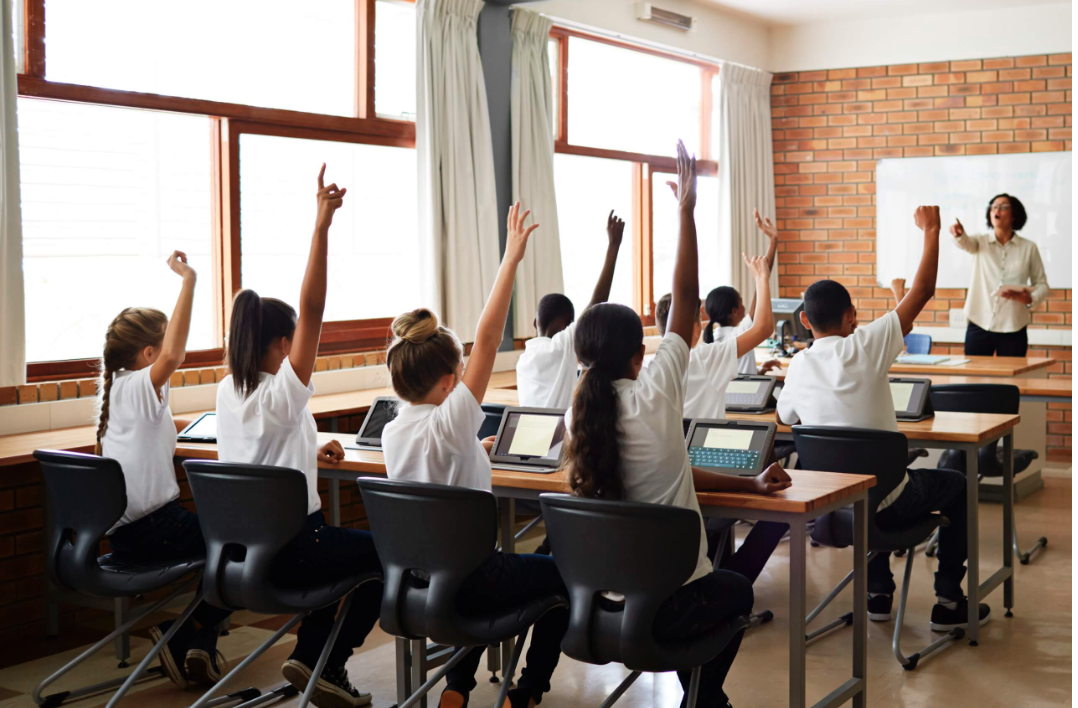Kerby Anderson
The number of states that now provide school choice is increasing. According to a recent report, 32 states (plus Washington, DC and Puerto Rico) are using school choice. That means that approximately 20 million students are now eligible for a private choice program.
Larry Sand is the president of the California Teachers Empowerment Network. While he is excited about the progress of school choice in this nation, he is also concerned about the attacks against school choice by teachers’ unions and the educational establishment. For example, one group maintains that “voucher programs are deeply rooted in segregation, racism, and discrimination.”
He says that on race, the critics have it exactly backward. “Almost 70 years after Brown v. Board of Education, public schools are still segregated.” Sixty percent of black and hispanic public school students attend schools where three-fourths are students of color. By contrast, virtually all the empirical studies on school choice programs found they reduced segregation.
There is still much segregation in the public schools because students are forced to attend schools according to their zip code. Since most residential areas are not integrated, the schools remain segregated. It’s no wonder the parents of all races are unhappy with zip-code-mandated schooling.
That is why school choice has become so popular in America. A recent poll found that two-thirds of Democrats (66%) and Independents (69%) favor school choice. An even larger percentage of Republicans (80%) favor it.
School choice is also taxpayer friendly. According to the latest figures, K-12 public schools spend an average of $14,347 per pupil. The nation’s private K-12 schools spend $12,350.
For these reasons, more states are likely to enact school choice.
 Listen Online
Listen Online Watch Online
Watch Online Find a Station in Your Area
Find a Station in Your Area










 Listen Now
Listen Now Watch Online
Watch Online
